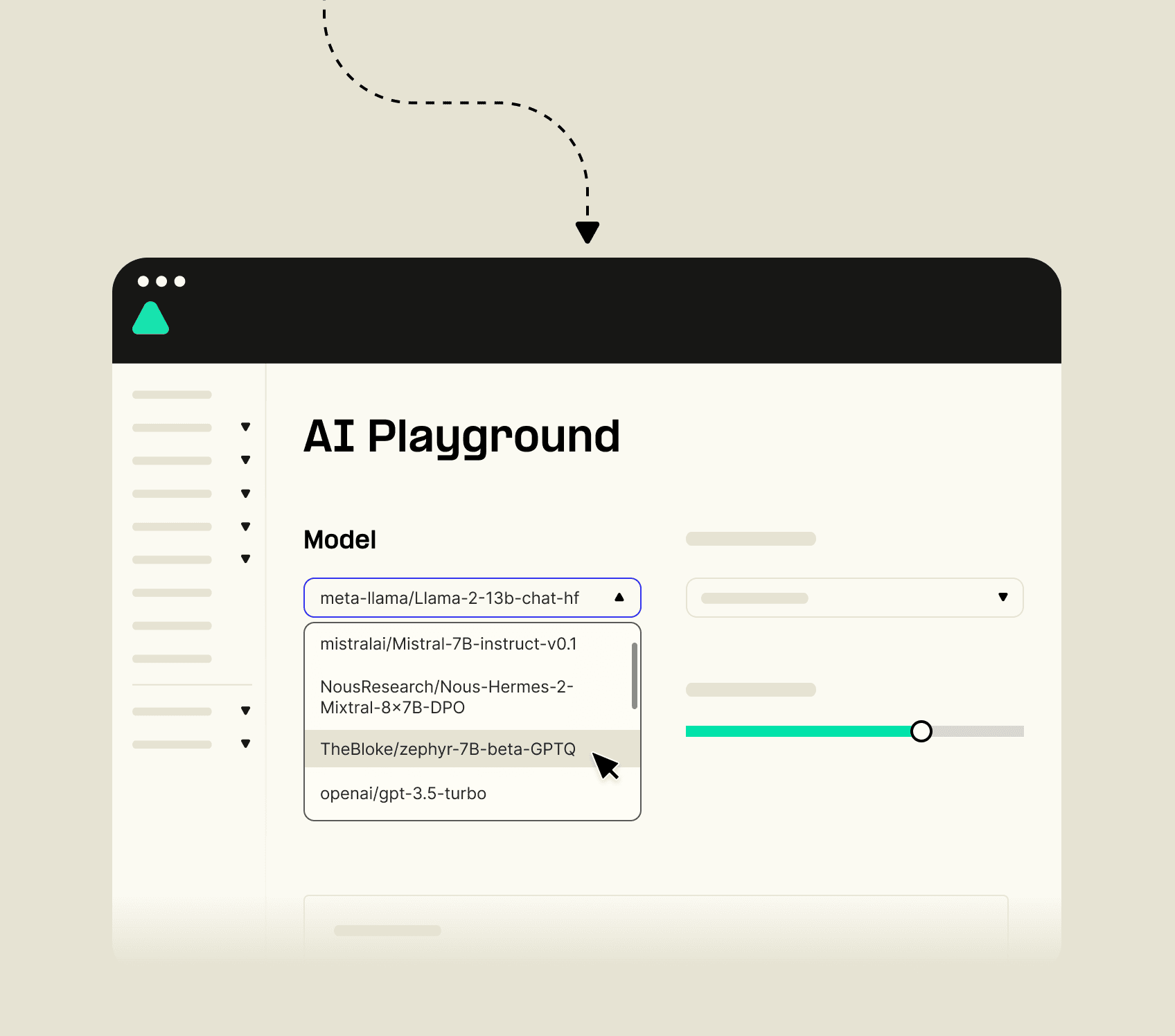GPT-3.5 Turbo-0125
Unlock the potential of GPT-3.5 Turbo-0125 for dynamic, real-time AI that sets industry standards.

The GPT-3.5 Turbo-0125, licensed under OpenAI, is a robust language model with a wide context window. Known for its strong performance in chatbot applications, it delivers swift responses ideal for customer service and virtual assistants.
| License | openai |
|---|---|
| Context window(in thousands) | 4096 |
Use cases for GPT-3.5 Turbo-0125
- Automated customer service: Utilize GPT-3.5 Turbo-0125 to develop advanced chatbots, leveraging its excellent MT Bench and Arena Elo scores.
- Content generation: The model's high MMLU score makes it perfect for generating high-quality articles, stories, and reports.
- Code documentation: Despite some struggles, GPT-3.5 Turbo-0125's capabilities suit tasks involving code documentation and explanations.
| Arena Elo | 1106 |
|---|---|
| MMLU | N/A |
| MT Bench | N/A |
The model demonstrates exceptional quality in human-rated responses, translation benchmarks, and knowledge reasoning metrics.
1117
1114
1106
1105
1093
The cost per 1,000 tokens for the model with Telnyx Inference is $0.0010. To illustrate, if an organization were to analyze 1,000,000 customer chats, and each chat consisted of an average of 1,000 tokens, the total cost would be $1,000.
What's Twitter saying?
- 3.5-turbo-0125 vs 4-0125-preview: Arthur highlights differences between GPT-3.5 Turbo-0125 and GPT-4-0125-preview, praising the latter for impressive output with minimal input. (Source: comparison between models)
- Incremental updates to GPT models: Swyx discusses recent updates in OpenAI's language models, emphasizing significant price reductions and improvements. (Source: updates to GPT models)
- Fine-tuning gpt-3.5-turbo-0125: OpenAI Developers announce fine-tuning availability for the latest GPT-3.5 Turbo model. (Source: fine-tuning details)
Explore Our LLM Library
Discover the power and diversity of large language models available with Telnyx. Explore the options below to find the perfect model for your project.
Chat with an LLM
Powered by our own GPU infrastructure, select a large language model, add a prompt, and chat away. For unlimited chats, sign up for a free account on our Mission Control Portal here.
Get started
Check out our helpful tools to help get you started.
What is GPT-3.5-Turbo-0125 and how does it differ from other language models?
GPT-3.5-Turbo-0125 is a cutting-edge language model developed by OpenAI, optimized for dialogue with a large context window of 16,385 tokens. It offers higher accuracy and better performance in natural language processing, common sense reasoning, entity extraction, and text classification compared to previous models. It stands out from other models in the GPT-3.5 Turbo series and even from GPT-4 in specific aspects, such as its optimization for dialogue and larger context window.
How does GPT-3.5-Turbo-0125 compare to GPT-4?
While GPT-4 is a more advanced model with better performance in multiple languages and additional features like multimodality, GPT-3.5-Turbo-0125 is specifically optimized for dialogue and has a larger context window than many of its predecessors, making it highly effective for tasks requiring extensive context and natural language understanding.
Can GPT-3.5-Turbo-0125 be used for text classification and entity extraction?
Yes, GPT-3.5-Turbo-0125 includes capabilities such as text classification and entity extraction, making it suitable for a wide range of applications that require understanding and processing of natural language data.
What are the unique features of GPT-3.5-Turbo-0125?
GPT-3.5-Turbo-0125's unique features include a large context window of 16,385 tokens, optimization for dialogue, and improved accuracy over previous models in the GPT-3.5 Turbo series. These features enhance its ability to understand and generate human-like text, making it a strong option for developers looking to build sophisticated language-based applications.
How does GPT-3.5-Turbo-0125 compare to other large language models like Mistral Medium and Mixtral 8x7B?
Mistral Medium is considered at least as good as GPT-3.5 and sometimes better in terms of efficiency, while Mixtral 8x7B offers similar performance to GPT-3.5-Turbo-0125 at a lower cost. Each model has its strengths, with GPT-3.5-Turbo-0125 being particularly noted for its dialogue capabilities and large context window.
Where can I use GPT-3.5-Turbo-0125 for building connectivity apps?
Developers can use GPT-3.5-Turbo-0125 on platforms like Telnyx to integrate advanced language understanding into their connectivity apps. For more information on how to get started with GPT-3.5-Turbo-0125 on Telnyx, visit the Telnyx Developer Center.
What are some common issues with GPT-3.5-Turbo-0125, and how can I address them?
Some users may experience issues with prompting and context management. To address these, adjusting the prompt for clarity and specificity can significantly improve performance. Ensuring that system and user messages are appropriately used in the context can also help the model provide accurate responses. For best practices on prompting and context management, refer to the OpenAI Documentation.

